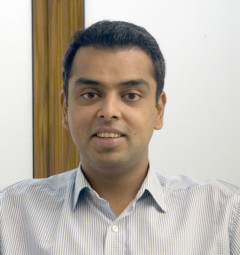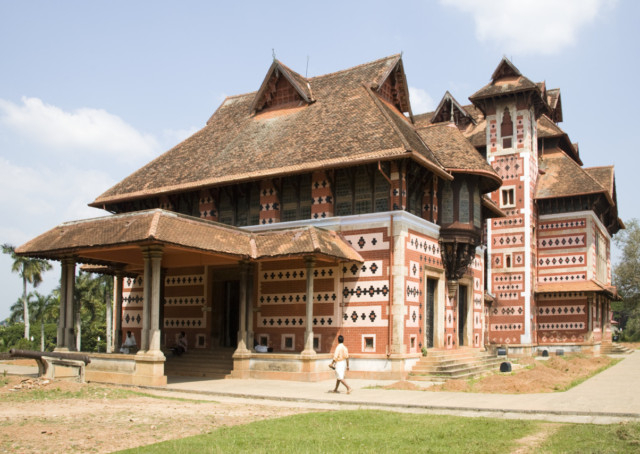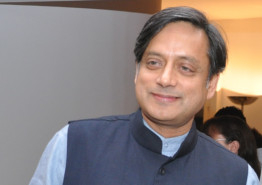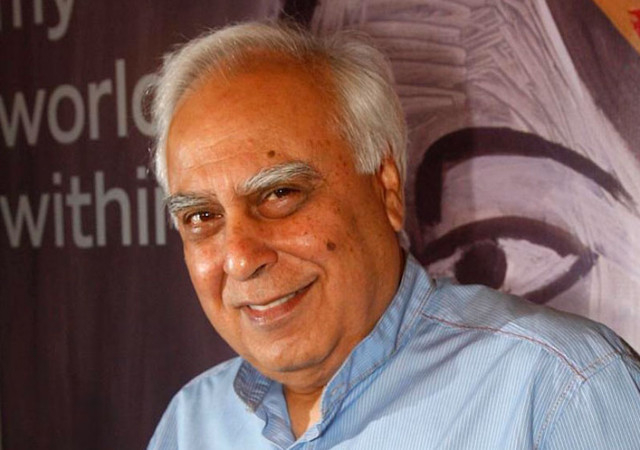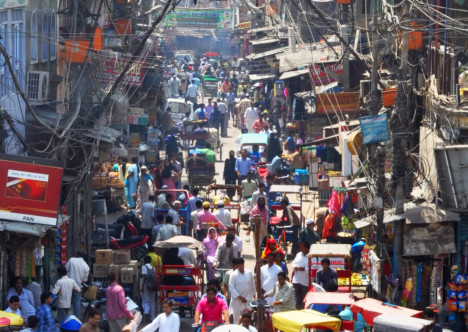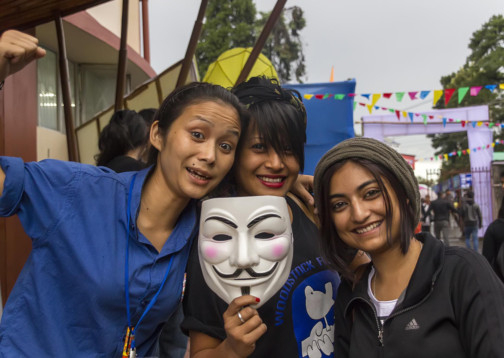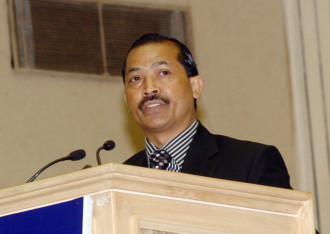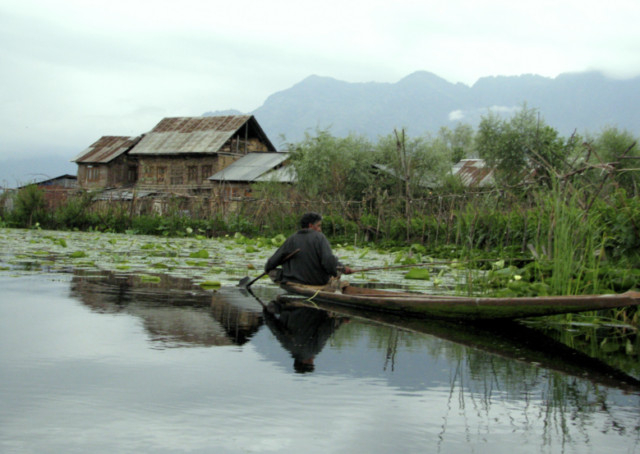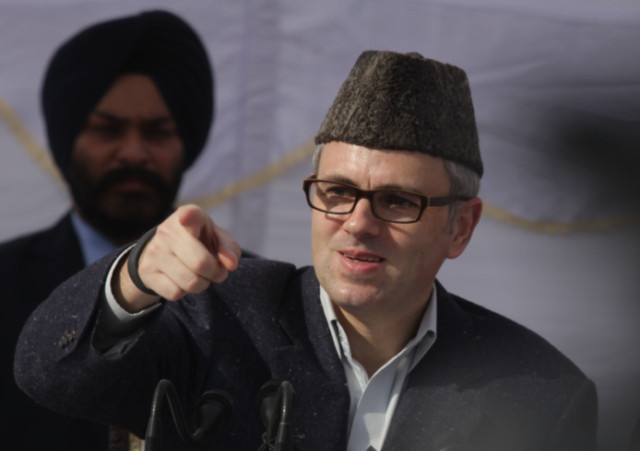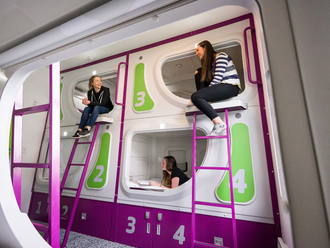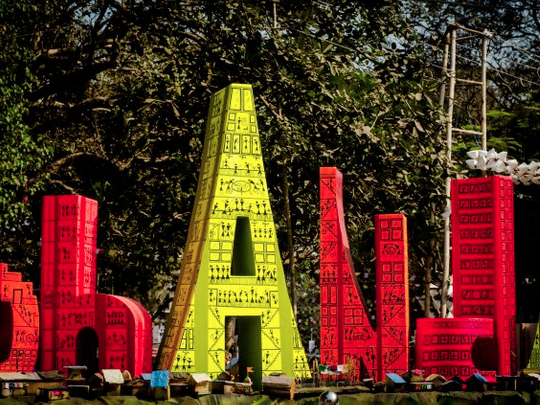
Milind Deora
Small steps towards reducing the gap between Mumbai’s extremes of privileged and marginalised such as free eye check-up camps and computer education programmes are some of Milind Deora’s several undertakings. In fact, an element of social consciousness has always been written into the manifesto of this city’s political leaders.
On the one hand there’s nightlife, dining options and a blooming art scene — South Mumbai is as sophisticated as New York and as expensive as Scandinavia. There’s also the seduction of Bollywood and the allure of colonial architecture. But there’s also the sector that migrates to Mumbai, impoverished yet with hope, bringing with them a willingness to adapt to any kind of menial work to keep the wheels of the city turning.
And the city, despite its worldly sophistication, still offers what cities on their way up often do — opportunities to grow and the support of public programmes to be able to do so.
Shashi Tharoor
Educational institutions dominate Thiruvananthapuram’s streets so little wonder that Shashi Tharoor promoted the city as a suitable location for the state government’s Knowledge City project. The build-up of research infrastructure is owing to a city where information has always been widely available.
The Museum of History and Heritage (below) traces Kerala’s history through interactive exhibitions and the Shri Chitra Art Gallery houses some of Raja Ravi Varma’s works. Kerala’s capital city is also a hotbed of courses in Ayurveda, Kathakali and Kalaripayattu.
Kapil Sibal
While Kapil Sibal has engaged in talks to restore Chandni Chowk in old Delhi to a semblance of its former glory as a Mogul-era bazaar, power cables still dangle overhead, traffic stays cheek by jowl and development crawls forward at a snail’s pace. But the greatest insight into its character comes from visiting the 150 wholesale markets in the area.
With its cast of thousands and a can-do attitude, Chandni Chowk reveals a society glowing with energy. In an atmosphere of unrestrained economics, you can buy just about anything — the juiciest sweets, colourful furnishings, fabrics, saris, lehngas, jewellery, a history lesson, a fistful of stories. While other places attempt to restore life to what it should be, people in the chowk seem to celebrate life as it is.
Vincent H. Pala
While Vincent H. Pala unveiled a life-size statue of Rabindranath Tagore in 2011 on the occasion of the poet’s 150th birth anniversary, to a traveller, what is exciting about Shillong is interwoven into the experience of being local — understanding the passion of local communities for Siat Khnam or the art of shooting arrows at a straw target or the zeal behind the Lewduh Market where thousands of Khasis congregate to sell everything from tribal baskets to edible frogs.
Omar Abdullah
Besides the major role that Farooq Abdullah played in promoting renewable energy in the constituency, this communally inclusive doyen has been known for supporting the sustenance of the arts, crafts and music scene of Srinagar. His son Omar, the current Chief Minister of Jammu and Kashmir, inaugurated an exhibition of artifacts at Lal Mandi on the banks of Jhelum River last year.
Punctuating the landscape of wooden mosques, the atmospheric old city and the elegant Mogul gardens are museums and studios where its famous papier mâché works, ancient tiles and the manufacturing of traditional Kashmiri clothing can be seen.
But neither this nor the political drama that unfolds there can compete with the setting that holds it all. And you only need to cruise down the Dal or Nagin Lakes to see why.


